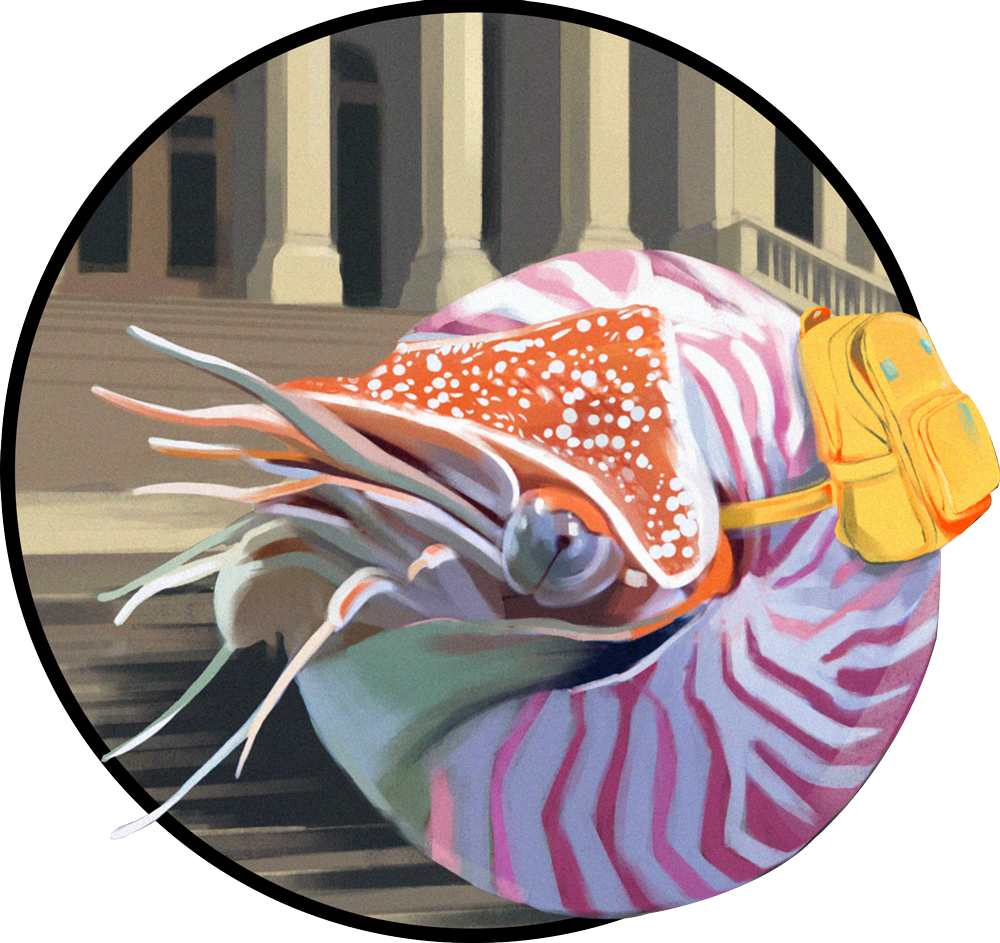Jackson Pollock’s paintings look like beautiful accidents. The 20th-century painter spilled, drizzled, and flung paint from brushes, cans, syringes, and sticks at canvases laid out on the floor in seemingly haphazard and unchoreographed fashion. The resulting blizzards of emotion and color dazzled audiences and made him famous.
But while art lovers admire the work, scientists have long aimed to understand the laws that govern them—in part to help devise tools that could help distinguish his paintings from imitations. Recently, one international team set out to see whether his process was closer to how children or adults might paint. To answer that question, they asked a group of adults aged 18 to 25 and children aged 4 to 6 to make paintings in the style of Pollock, by pouring paint onto canvases.
The researchers found that the kids’ paintings made in this manner resembled genuine Pollacks more than did those from adult painters. They published their results in Frontiers in Physics.
To arrive at this conclusion the scientists used two forms of statistical analysis: fractal analysis and lacunarity. Whereas fractal analysis measures complexity, lacunarity reveals something more subtle: the rhythm and space in a complex network. Measuring lacunarity has helped scientists understand natural systems such as galaxies in the universe. They also asked people to rate the finished paintings, and used their findings to assess two famous art works: No. 14, by Jackson Pollock, and Young Man Intrigued by the Flight of a Non-Euclidean Fly, by Max Ernst, who used his own distinct paint pouring technique.
The researchers found that the children’s art featured lower fractal dimensions and higher lacunarity—they were simpler, with less detailed fine structure, and showed more clumping, with larger gaps between clumps. Adult paintings showed the opposite: higher fractal dimensions and lower lacunarity. In other words, the adult works had more complex detailed patterns, while the lines of paint were more evenly spread out.
“Our study shows that the artistic patterns generated by children are distinguishable from those created by adults when using the pouring technique made famous by Jackson Pollock,” said senior author Richard Taylor, a professor of physics, psychology, and art at the University of Oregon, in a statement. “Remarkably, our findings suggest that children’s paintings bear a closer resemblance to Pollock paintings than those created by adults.”
Taylor and his co-authors hypothesized that the differences between adults’ and kids’ works might be related to how body balance and coordination evolve as we age. When a person pours paint while leaning over a canvas, the body is constantly making adjustments to balance. Because adults have more control, they make finer adjustments, leading to more complex patterns, whereas kids make choppier movements.
Surprisingly, the scientists found that the choppier, clumpier paintings made by the kids appeared more pleasant and interesting than the adults’ works to the people asked to evaluate them. Even more fascinating, the patterns in Pollock’s No. 14 were just at the edge of the adult range, closer to the kinds of patterns found in the children’s paintings.
Read more: “The Pleasure of Patterns in Art”
The famous artist’s paintings featured more clumping and less finely detailed patterns than the average for adults. The scientists note that according to Pollock scholars, the painter had limited physical coordination due to a birth trauma that affected his manual dexterity and coordination. Even more surprising, Max Ernst’s work fell firmly within the children’s range on both fractal and lacunarity analysis. Perhaps because he used a distinct technique, hanging a can of paint like a pendulum and guiding it with his hands, restricting natural movement, the authors point out.
The study was just the latest to try to decode Pollock’s artistic process. A few years ago, another team tackled an even more basic question: Was Pollock even “dripping” paint at all? After analyzing extensive video of Pollock in action and attempting to experimentally reproduce his painting process, they found his lines of color did not actually obey laws of fluid dynamics, known as coiling instability, that apply to freely dripping liquids. Due to the ways gravity, inertia, and viscosity interact, streams of viscous liquid, such as honey or paint, tend to curl upon themselves as they drip, stacking like coiled rope before spreading across a surface.
The force with which Pollock flung his paints caused them to follow a pattern known in physics as fluid mechanical sewing machine—yes, this is a technical term—because the coils move sideways in orderly fashion as they contact the surface, resembling sewing patterns.
The scientists argued that Pollock must have intentionally moved his hand at certain speeds and heights and selected specific paints to prevent his colors from fragmenting before hitting the canvas.
Whether measuring balance, fractals, or fluid dynamics, scientists continue to search for order in Pollock’s frenzied creative process. But whether his method was one of calculated chaos or creative madness, the mathematics say it worked. ![]()
Enjoying Nautilus? Subscribe to our free newsletter.
Lead image from: Fairbanks, M.S., et al. Frontiers in Physics (2025).






























